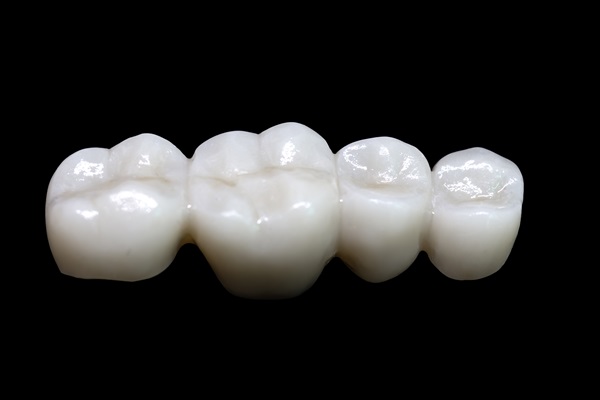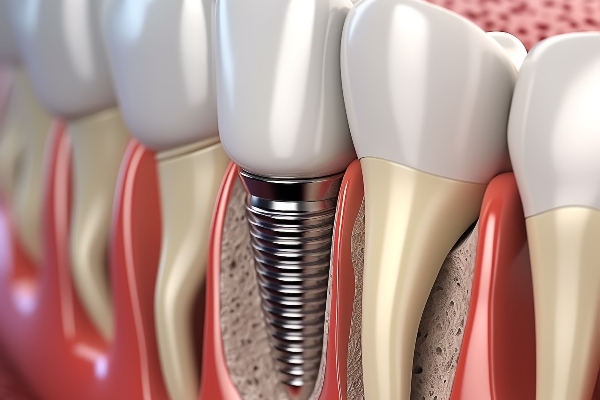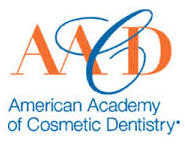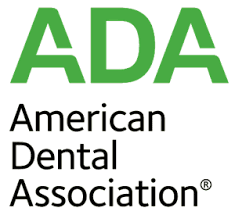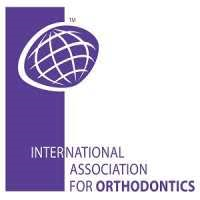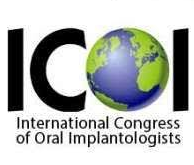Common Clear Braces Maintenance and Aftercare
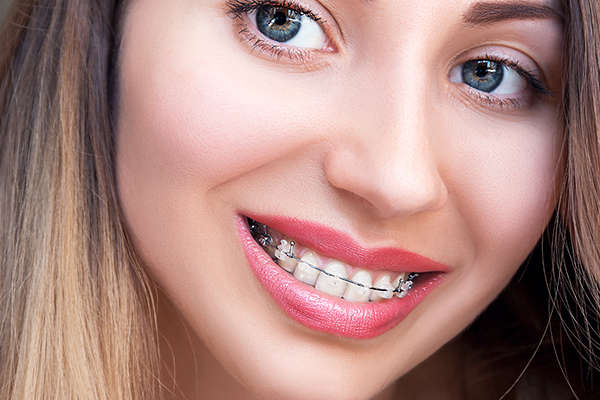
How does a patient decide between clear braces and other types of devices that straighten teeth? There are many options for a reason: Everyone has different preferences and needs, and not all patients want their braces to be visible to others. Read more about clear braces and learn about a few clear braces maintenance tips.
What are clear braces?
Clear braces are similar to traditional metal braces in the way that they use brackets and wires to straighten teeth. Learn more below about how these braces differ from traditional ones (as well as clear aligners) and gain an understanding of which type of appliance may be correct for you.
Clear braces vs traditional braces
Traditional braces use metal brackets and wires that can be adjusted over time to shift the teeth into a healthier or better-looking position. The downside of traditional braces, especially for adults, is that the brackets and wires can be extremely visible to others. If you only have to wear braces for a few months, you may not mind this aspect of the journey — but if you are committing to braces for two to three years, you may wish for a less noticeable route. Clear braces offer an alternative.
Clear braces vs aligners
Clear braces are a great middle ground between traditional braces and clear aligners, which do not have wires or brackets and fit over the teeth much like plastic retainers. While it is possible to straighten teeth with aligners, they are not the right choice for all patients and cannot correct severe malocclusions and other specific issues. Speak to your dentist about choosing clear braces if you wish to have the advantages of braces treatment but do not wish for your braces to be too noticeable.
Clear braces maintenance and aftercare tips
If you are excited about the idea of getting clear braces, you may assume that they will remain the same color for as long as you wear braces. Clear braces' brackets are typically made of ceramic or porcelain material, and when you first get them, they will look pristine — but certain aspects of your daily life may discolor them. It is important to keep up with your oral hygiene and perhaps cut certain foods out of your diet that may discolor the clear brackets.
1. Brush and floss regularly
Flossing with braces is notoriously difficult, but it is worth it. Use a water flosser or a needle-and-thread flossing device to string the floss between your teeth. Similarly, brushing your teeth at least twice a day (especially after eating) will help your teeth and clear braces to remain as clean as possible.
Speak to your dentist about whether using certain types of toothpaste such as whitening pastes and rinses are appropriate during this time. Some clear brackets are not compatible with this type of toothpaste.
2. Watch your diet
Perhaps the most common reason for clear bracket discoloration is patients refusing to avoid foods that stain or discolor them. While it is possible to change out the bands on clear brackets, the porcelain or ceramic bracket itself may be stained over time and eventually appear to be much darker than the tooth underneath.
Try to avoid tomato sauce, ketchup, mustard, beets, red wine, soy sauce, and any other food that is known for staining. Foods that are artificially dyed may alter the color of clear braces as well. If it really bothers you not to be able to eat your favorite foods during the time your teeth are being straightened, you may wish to consider choosing another type of braces.
3. Visit your dentist for regular cleanings
As with brushing and flossing, it is important to keep up with your regular dental cleanings. Many people are unaware of the fact that dentists and hygienists can clear around braces — usually, the wires are removed first and the dentist can check the teeth and perform a general exam as usual.
Do not delay your cleaning appointments or assume that you must wait until your braces are removed to see your general dentist again! Keeping your teeth clean and healthy can help them match the color of the clear brackets for as long as possible.
Conclusion
It is important to visit a licensed dentist to discuss your eligibility for braces before proceeding with any of the above types of braces. Your dentist will help you determine whether clear braces meet your needs. He or she can also assist you in maintaining a healthy smile while wearing these braces and ensuring that your teeth do not become discolored in contrast to the clear brackets.
Request an appointment here: https://www.thegalleryofsmiles.com or call Midtown Dental - The Gallery of Smiles at (713) 979-4127 for an appointment in our Houston office.
Check out what others are saying about our dental services on Yelp: Clear Braces in Houston, TX.
Recent Posts
Clear braces align the smile more discreetly than other methods, such as traditional metal braces. Patients must practice consistent oral hygiene and maintain good oral health to maximize this alignment solution's aesthetic and functional benefits. Fortunately, a general dentist can help patients in both these regards, allowing them to stay on track with their orthodontic…
While researching options for teeth straightening, many patients consider the use of clear braces instead of traditional metal braces. There are pros and cons to each option. Before making a decision, learning more about the differences between clear braces options and traditional teeth straightening can help patients decide which route works for their circumstances.Traditional metal…
When it comes to straightening crooked teeth, Invisalign® for teens is an excellent option for many families. This system is appealing due to its numerous benefits:Shorter treatment timelinesDiscreet appearanceLess discomfortFewer dietary restrictionsAs with any type of alignment system, teenagers need guidance when managing the new responsibility of wearing and caring for Invisalign® trays. These tips…
A dental bridge is a reliable, effective solution for tooth loss, as it offers functional and aesthetic benefits. This dental restoration helps improve chewing, speech, and overall oral health while maintaining the smile’s natural structure. Patients interested in bridges as tooth replacements can benefit from learning more about their basics, placement process, and long-term care…

